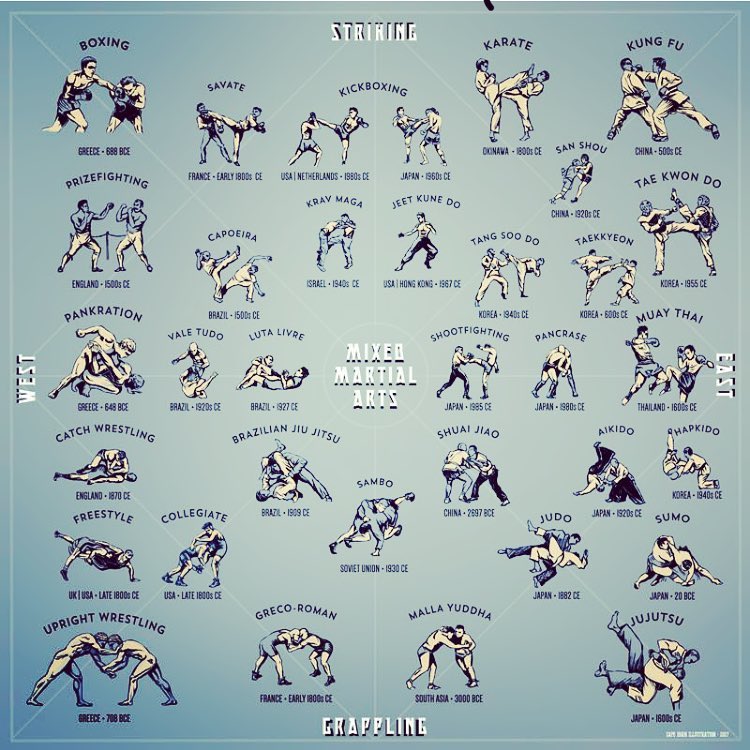A Relative Research Of Conventional Martial Arts And Modern Battle Sports: Highlighting The Important Differences
A Relative Research Of Conventional Martial Arts And Modern Battle Sports: Highlighting The Important Differences
Blog Article
Personnel Author-Valentine Brady
When you think about martial arts, do you lean much more toward the standard techniques or the modern-day battle sports? Each path provides one-of-a-kind benefits and experiences, shaped by their ideologies and training methods. Traditional martial arts emphasize individual development and self-control, while modern combat sports focus on competitors and performance. Recognizing these differences can lead you in selecting the best approach for your trip. Yet just how do these distinctions manifest in training and viewpoint?
The Approach and History Behind Traditional Martial arts
While many people associate martial arts with physical combat, the viewpoint and history behind conventional martial arts run much deeper. You'll find that these techniques highlight personal growth, self-control, and respect.
Stemming from https://www.npr.org/2023/07/19/1188111769/active-club-hate-groups , conventional martial arts were commonly created for Self-Defense and spiritual growth. They embody principles such as equilibrium, harmony, and self-constraint, guiding specialists beyond mere combating skills.
As you train, you'll not just learn techniques but also obtain understandings into the culture and worths that shaped these arts. The routines and practices, usually given through generations, foster a feeling of neighborhood and belonging.
The Affordable Nature of Modern Battle Sports
Modern battle sporting activities have actually changed the landscape of martial arts right into a highly affordable arena, where athletes face off in an examination of ability, strategy, and endurance.
You'll see that competitors are frequently arranged with rigorous regulations and guidelines, ensuring fair game and safety and security. These events attract huge target markets, sustaining the exhilaration and intensity of competitions.
Professional athletes educate carefully, not just for physical expertise but also for mental sturdiness, knowing that every information counts in the ring. The adrenaline rush throughout competitors is apparent, as fighters press their limits to assert victory.
Followers appreciate the athleticism and virtuosity entailed, making contemporary battle sporting activities a thrilling spectacle that remains to evolve and captivate lovers around the globe.
Training Methods and Strategies: A Relative Evaluation
The competitive environment of contemporary battle sports demands cutting-edge training techniques that vary considerably from standard martial arts.
In contemporary training, you'll concentrate on particular techniques, sparring, and conditioning, usually using drills that replicate genuine fight scenarios. helpful resources 'll see an emphasis on quantifiable efficiency and frequent competition to examine your skills.
In contrast, typical martial arts prioritize forms, katas, and thoughtful teachings, often emphasizing self-control and regard over competition.
kung fu adults is generally much less extreme and may entail repetitive practice instead of real-time sparring.
While both approaches build ability and physical fitness, modern combat sports offer an extra vibrant and adaptable training environment, preparing you for instant difficulties in the ring or cage.
Pick the path that aligns with your objectives and passions.
Final thought
In choosing between traditional martial arts and contemporary fight sports, it actually comes down to what you value most. If visit the up coming internet site searching for personal growth, technique, and a feeling of community, conventional arts might be your finest fit. Yet if you grow on competition and real-time challenges, contemporary fight sports could be the way to go. Inevitably, both courses provide unique benefits, so it's everything about straightening your training with your individual goals and passions.
